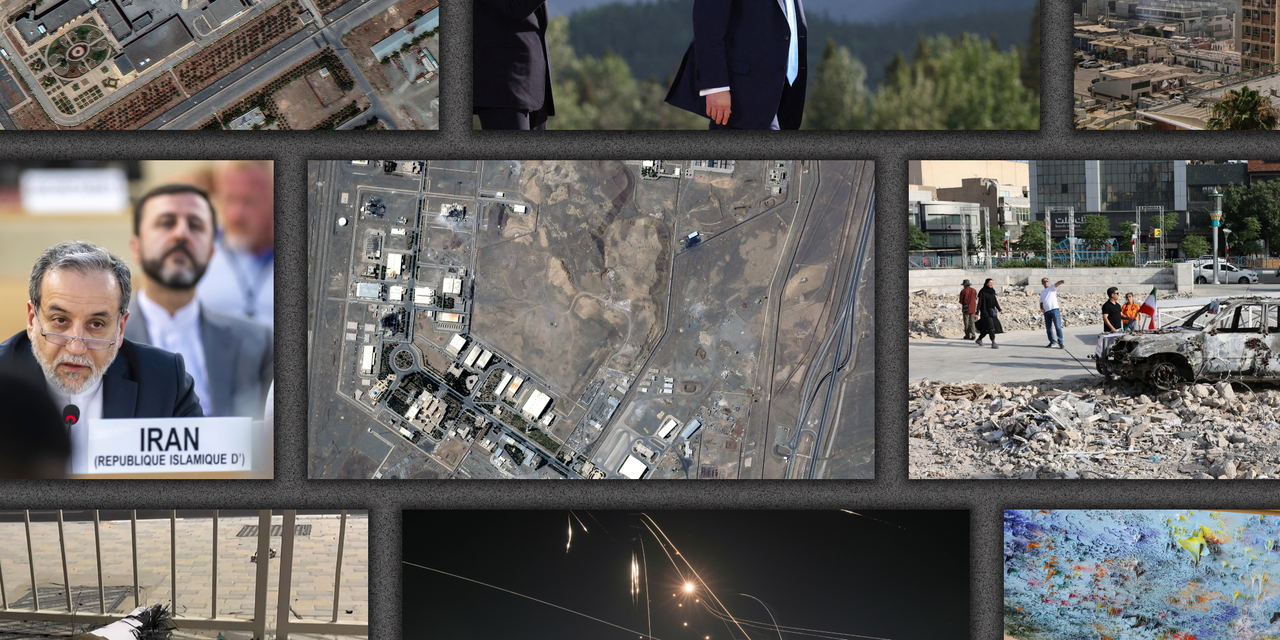


Iran-Israel: 10 key moments to understand the 12-day conflict
NewsFrom the launch of Israel's offensive in the night between June 12 and 13 to the ceasefire on June 24, Le Monde looks back at the lightning war between the two powers.
The sixth round of negotiations with Tehran over its nuclear program was scheduled for Sunday, June 15. Only three days earlier, United States President Donald Trump, who presented himself as a "peacemaker," had called for diplomacy to be prioritized over any military action against Iran. Israel had advocated for this approach for years, describing Iran's nuclear program as an "existential threat." Israeli Prime Minister Benjamin Netanyahu ultimately took action during the night between June 12 and 13, striking Iran and further destabilizing the Middle East.
After dealing a severe blow to the so-called "axis of resistance" – led by Hezbollah and the Houthi movement – since October 7, Israel fought Iran for 12 days. While the exact extent of the damage to the Islamic Republic's nuclear sites and military capabilities is still unclear, this war was unprecedented in its duration, intensity and the US's direct intervention in support of its Israeli ally. After 1,054 deaths in Iran, according to a non-governmental organization, and 28 in Israel, according to Israeli authorities, a ceasefire was declared on June 24. To provide a clearer picture, Le Monde takes a look back at 10 key moments of the conflict.
Israel launches massive attack on Iran
Friday, June 13, at dawn. "We are at a decisive moment in Israel's history." Two hours after the first explosions were heard in Tehran, Netanyahu addressed the Israeli people. Confronted with the "existential threat" of the Iranian regime, Israel launched Operation Rising Lion. It had three objectives: to damage Iran's nuclear program, ballistic missile factories and Iranian military capabilities.
You have 86.09% of this article left to read. The rest is for subscribers only.
